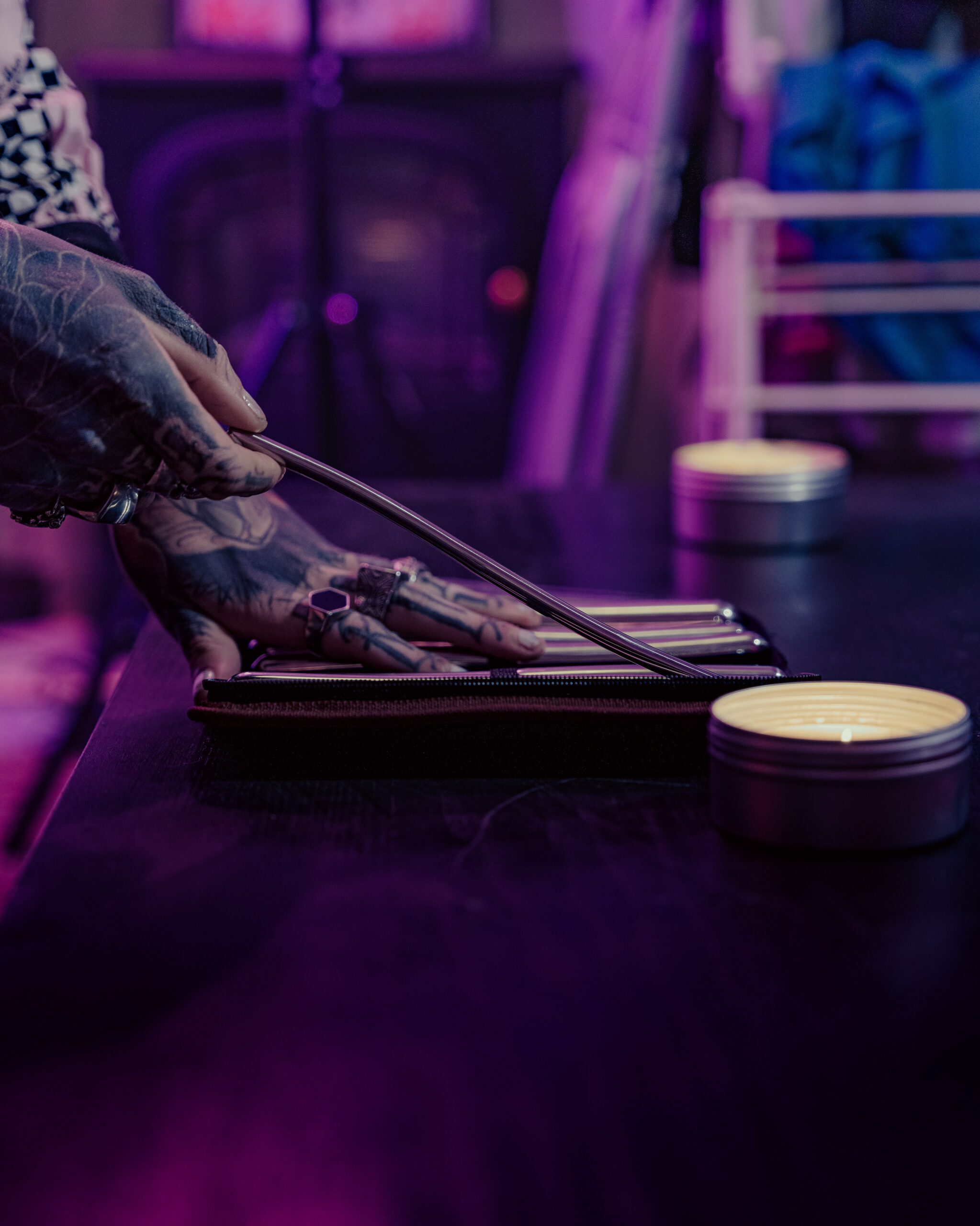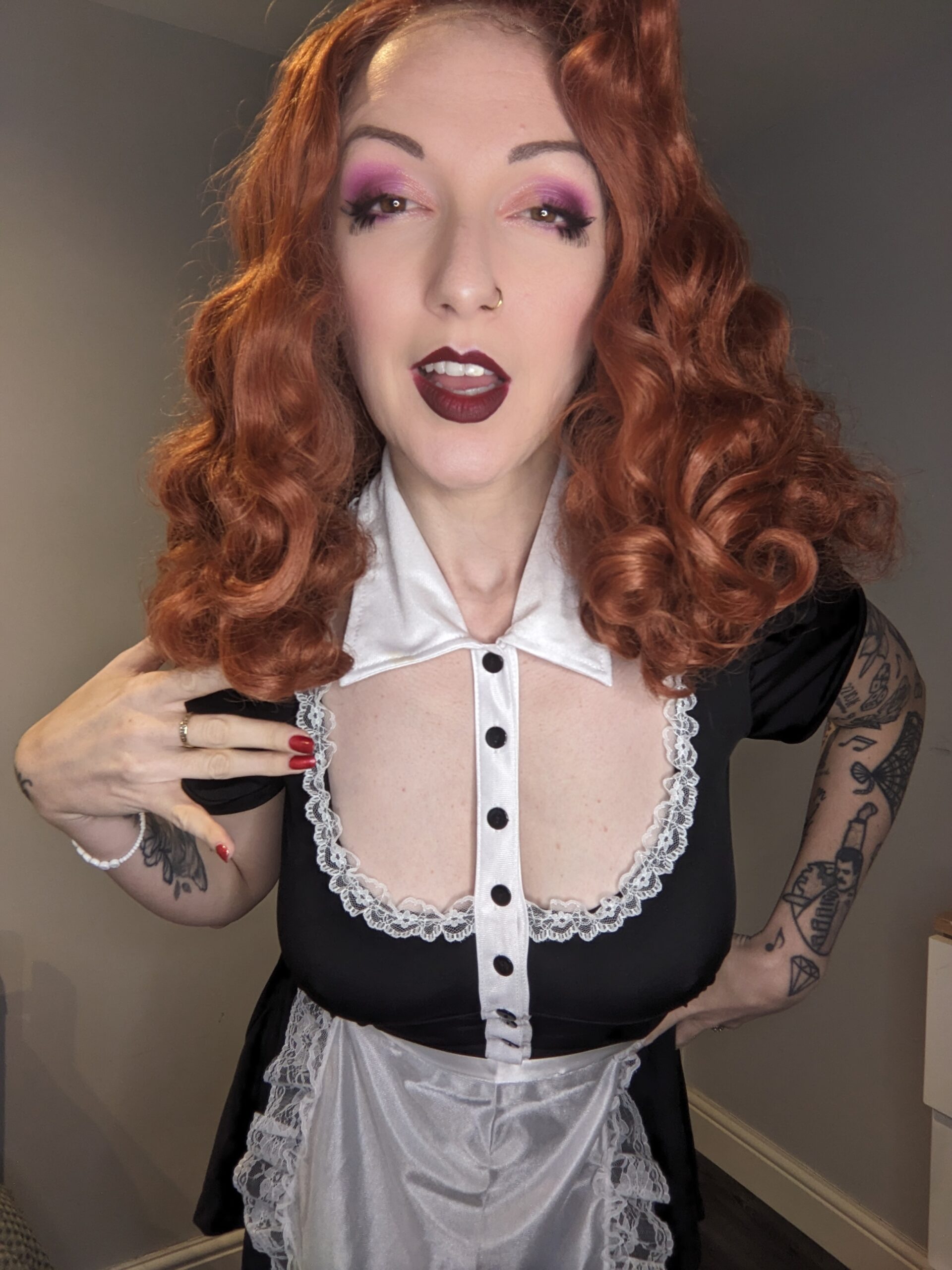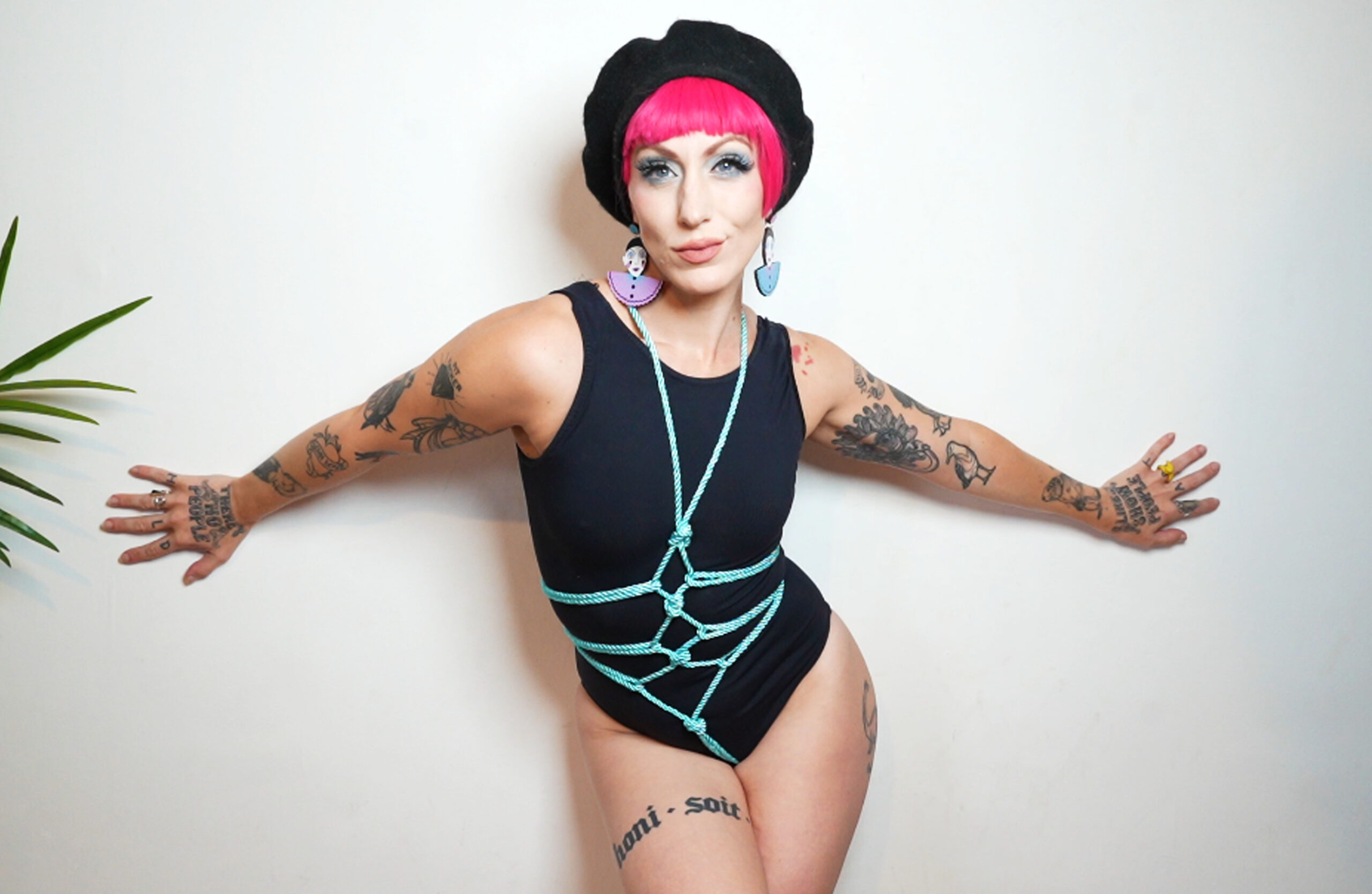Understanding Pansexuality
Pansexuality is an identity rooted in the freedom to love without limitations imposed by gender identity or expression. It’s about embracing attraction to a wide spectrum of individuals, recognizing that love transcends traditional binary categories. This exploration delves into the nuances of pansexual experiences, shedding light on its history, personal narratives, and challenges within a society often defined by rigid labels.
Defining Pansexual Identity
Pansexuality is an identity rooted in the freedom to love without limitations imposed by gender identity or expression. It’s about embracing attraction to a wide spectrum of individuals, recognizing that love transcends traditional binary categories. For pansexual people, gender does not determine their romantic or sexual interest. They may be attracted to people who identify as male, female, non-binary, transgender, agender, or any other gender identity.
This expansive definition of attraction sets pansexuality apart from bisexuality, which typically refers to attraction to two genders (often male and female). While there can be overlap between the two identities, pansexuality emphasizes a lack of boundaries based on gender.
Understanding pansexual experiences requires recognizing the diversity within this identity. Some pansexual individuals may experience their attraction as fluid and ever-evolving, while others may have more consistent patterns. It’s important to remember that each person’s journey is unique, and pansexuality manifests differently for everyone.
Differentiating from Bisexuality
Pansexuality is an identity rooted in the freedom to love without limitations imposed by gender identity or expression. It’s about embracing attraction to a wide spectrum of individuals, recognizing that love transcends traditional binary categories. For pansexual people, gender does not determine their romantic or sexual interest. They may be attracted to people who identify as male, female, non-binary, transgender, agender, or any other gender identity.
This expansive definition of attraction sets pansexuality apart from bisexuality, which typically refers to attraction to two genders (often male and female). While there can be overlap between the two identities, pansexuality emphasizes a lack of boundaries based on gender.
- Pansexual individuals may experience their attraction as fluid and ever-evolving, while others may have more consistent patterns.
- It’s important to remember that each person’s journey is unique, and pansexuality manifests differently for everyone.
Common Misconceptions
Pansexuality is an identity rooted in the freedom to love without limitations imposed by gender identity or expression. It’s about embracing attraction to a wide spectrum of individuals, recognizing that love transcends traditional binary categories. For pansexual people, gender does not determine their romantic or sexual interest. They may be attracted to people who identify as male, female, non-binary, transgender, agender, or any other gender identity.
This expansive definition of attraction sets pansexuality apart from bisexuality, which typically refers to attraction to two genders (often male and female). While there can be overlap between the two identities, pansexuality emphasizes a lack of boundaries based on gender.
- A common misconception is that pansexuality means being attracted to everyone, but it’s more accurate to say pansexual people are attracted to people regardless of their gender identity or expression.
- Another misconception is that pansexuality is a phase or a trend. Like other sexual orientations, it’s a fundamental aspect of a person’s identity.
- Some mistakenly equate pansexuality with promiscuity or a lack of commitment. Pansexual individuals can be just as monogamous or polyamorous as anyone else.
Experiences and Perspectives
Pansexuality is an identity rooted in the freedom to love without limitations imposed by gender. It’s about embracing attraction to a wide spectrum of individuals, recognizing that love transcends traditional binary categories. For pansexual people, gender does not determine their romantic or sexual interest.
Coming Out and Acceptance
Coming out as pansexual can be a deeply personal and challenging experience. It often involves confronting societal norms and prejudices, navigating familial acceptance, and finding a supportive community.
For some, coming out is a gradual process of self-discovery and reflection. Others may have a more definitive “coming out” moment. Regardless of the path, it takes courage to be true to oneself and share this aspect of one’s identity with others.
Acceptance, both within oneself and from loved ones, is crucial for well-being. The journey toward acceptance can involve self-acceptance, education about pansexuality, open conversations, and fostering understanding.
Building a supportive network of friends, family, or community members who embrace diversity and inclusivity is essential.
Relationships and Dating
Pansexuality is an identity rooted in the freedom to love without limitations imposed by gender identity or expression. It’s about embracing attraction to a wide spectrum of individuals, recognizing that love transcends traditional binary categories. For pansexual people, gender does not determine their romantic or sexual interest. They may be attracted to people who identify as male, female, non-binary, transgender, agender, or any other gender identity.
This expansive definition of attraction sets pansexuality apart from bisexuality, which typically refers to attraction to two genders (often male and female). While there can be overlap between the two identities, pansexuality emphasizes a lack of boundaries based on gender.
- Pansexual individuals may experience their attraction as fluid and ever-evolving, while others may have more consistent patterns.
- It’s important to remember that each person’s journey is unique, and pansexuality manifests differently for everyone.
Pansexuality is an identity rooted in the freedom to love without limitations imposed by gender identity or expression. It’s about embracing attraction to a wide spectrum of individuals, recognizing that love transcends traditional binary categories. For pansexual people, gender does not determine their romantic or sexual interest. They may be attracted to people who identify as male, female, non-binary, transgender, agender, or any other gender identity.
This expansive definition of attraction sets pansexuality apart from bisexuality, which typically refers to attraction to two genders (often male and female). While there can be overlap between the two identities, pansexuality emphasizes a lack of boundaries based on gender.
- A common misconception is that pansexuality means being attracted to everyone, but it’s more accurate to say pansexual people are attracted to people regardless of their gender identity or expression.
- Another misconception is that pansexuality is a phase or a trend. Like other sexual orientations, it’s a fundamental aspect of a person’s identity.
- Some mistakenly equate pansexuality with promiscuity or a lack of commitment. Pansexual individuals can be just as monogamous or polyamorous as anyone else.
Challenges and Discrimination

Pansexuality is an identity rooted in the freedom to love without limitations imposed by gender identity or expression. It’s about embracing attraction to a wide spectrum of individuals, recognizing that love transcends traditional binary categories. For pansexual people, gender does not determine their romantic or sexual interest. They may be attracted to people who identify as male, female, non-binary, transgender, agender, or any other gender identity.
This expansive definition of attraction sets pansexuality apart from bisexuality, which typically refers to attraction to two genders (often male and female). While there can be overlap between the two identities, pansexuality emphasizes a lack of boundaries based on gender.
- Pansexual individuals may experience their attraction as fluid and ever-evolving, while others may have more consistent patterns.
- It’s important to remember that each person’s journey is unique, and pansexuality manifests differently for everyone.
Coming out as pansexual can be a deeply personal and challenging experience. It often involves confronting societal norms and prejudices, navigating familial acceptance, and finding a supportive community.
For some, coming out is a gradual process of self-discovery and reflection. Others may have a more definitive “coming out” moment. Regardless of the path, it takes courage to be true to oneself and share this aspect of one’s identity with others.
Acceptance, both within oneself and from loved ones, is crucial for well-being. The journey toward acceptance can involve self-acceptance, education about pansexuality, open conversations, and fostering understanding.
Building a supportive network of friends, family, or community members who embrace diversity and inclusivity is essential.
- Pansexual individuals may face challenges related to societal prejudice and discrimination.
- Some people may not understand pansexuality or hold misconceptions about it.
- Access to resources and support networks can be crucial for navigating these challenges.

Representation and Visibility

Representation and visibility are essential for any marginalized group, and the pansexual community is no exception. When individuals see themselves reflected in media, literature, and everyday life, it fosters a sense of belonging, validation, and empowerment. For pansexual people, visibility challenges harmful stereotypes and misconceptions, allowing them to live authentically without fear of judgment or prejudice.
Media Portrayals
Pansexuality is an identity rooted in the freedom to love without limitations imposed by gender identity or expression. It’s about embracing attraction to a wide spectrum of individuals, recognizing that love transcends traditional binary categories. For pansexual people, gender does not determine their romantic or sexual interest. They may be attracted to people who identify as male, female, non-binary, transgender, agender, or any other gender identity.
This expansive definition of attraction sets pansexuality apart from bisexuality, which typically refers to attraction to two genders (often male and female). While there can be overlap between the two identities, pansexuality emphasizes a lack of boundaries based on gender.
- Pansexual individuals may experience their attraction as fluid and ever-evolving, while others may have more consistent patterns.
- It’s important to remember that each person’s journey is unique, and pansexuality manifests differently for everyone.
Pansexuality is an identity rooted in the freedom to love without limitations imposed by gender identity or expression. It’s about embracing attraction to a wide spectrum of individuals, recognizing that love transcends traditional binary categories. For pansexual people, gender does not determine their romantic or sexual interest. They may be attracted to people who identify as male, female, non-binary, transgender, agender, or any other gender identity.
This expansive definition of attraction sets pansexuality apart from bisexuality, which typically refers to attraction to two genders (often male and female). While there can be overlap between the two identities, pansexuality emphasizes a lack of boundaries based on gender.
- A common misconception is that pansexuality means being attracted to everyone, but it’s more accurate to say pansexual people are attracted to people regardless of their gender identity or expression.
- Another misconception is that pansexuality is a phase or a trend. Like other sexual orientations, it’s a fundamental aspect of a person’s identity.
- Some mistakenly equate pansexuality with promiscuity or a lack of commitment. Pansexual individuals can be just as monogamous or polyamorous as anyone else.
Representation and visibility are essential for any marginalized group, and the pansexual community is no exception. When individuals see themselves reflected in media, literature, and everyday life, it fosters a sense of belonging, validation, and empowerment. For pansexual people, visibility challenges harmful stereotypes and misconceptions, allowing them to live authentically without fear of judgment or prejudice.
- Pansexual individuals may face challenges related to societal prejudice and discrimination.
- Some people may not understand pansexuality or hold misconceptions about it.
- Access to resources and support networks can be crucial for navigating these challenges.
Role Models and Influencers
Representation and visibility are crucial for the well-being and empowerment of any marginalized group, and the pansexual community is no different. When individuals see themselves reflected in media, literature, and everyday life, it fosters a sense of belonging and validation. For pansexual people, seeing positive and authentic representations helps challenge harmful stereotypes and misconceptions, allowing them to live more openly and authentically.
Role models and influencers who identify as pansexual can play a powerful role in this process. Their stories can inspire others, provide support, and demonstrate that pansexuality is a valid and beautiful part of life. These individuals can help break down stigma and create a more inclusive society where everyone feels seen, valued, and accepted.
Advocacy and Awareness
Representation and visibility are crucial for the well-being and empowerment of any marginalized group, and the pansexual community is no different. When individuals see themselves reflected in media, literature, and everyday life, it fosters a sense of belonging and validation. For pansexual people, seeing positive and authentic representations helps challenge harmful stereotypes and misconceptions, allowing them to live more openly and authentically.
Advocacy plays a vital role in creating a more inclusive society for pansexual individuals. This can take many forms, from raising awareness about pansexuality to challenging discriminatory laws and policies. Pansexual advocates work to ensure that everyone has the right to express their identity freely and without fear of harm or prejudice.
Awareness is fundamental to creating understanding and acceptance. Educating ourselves and others about pansexuality, its floppy dildo history, and the experiences of pansexual people helps to break down stereotypes and misconceptions. It encourages empathy and fosters a more inclusive environment where everyone feels safe and respected.
Pinnacle Wellbeing Media
Ryan Richman Hair
- Polynucleotides Injectables Near Virginia Water, Surrey - November 6, 2025
- Polynucleotides Injectables Near Gatton, Surrey - November 3, 2025
- Obagi Blue Peel Radiance Peel Near Worplesdon, Surrey - October 31, 2025
